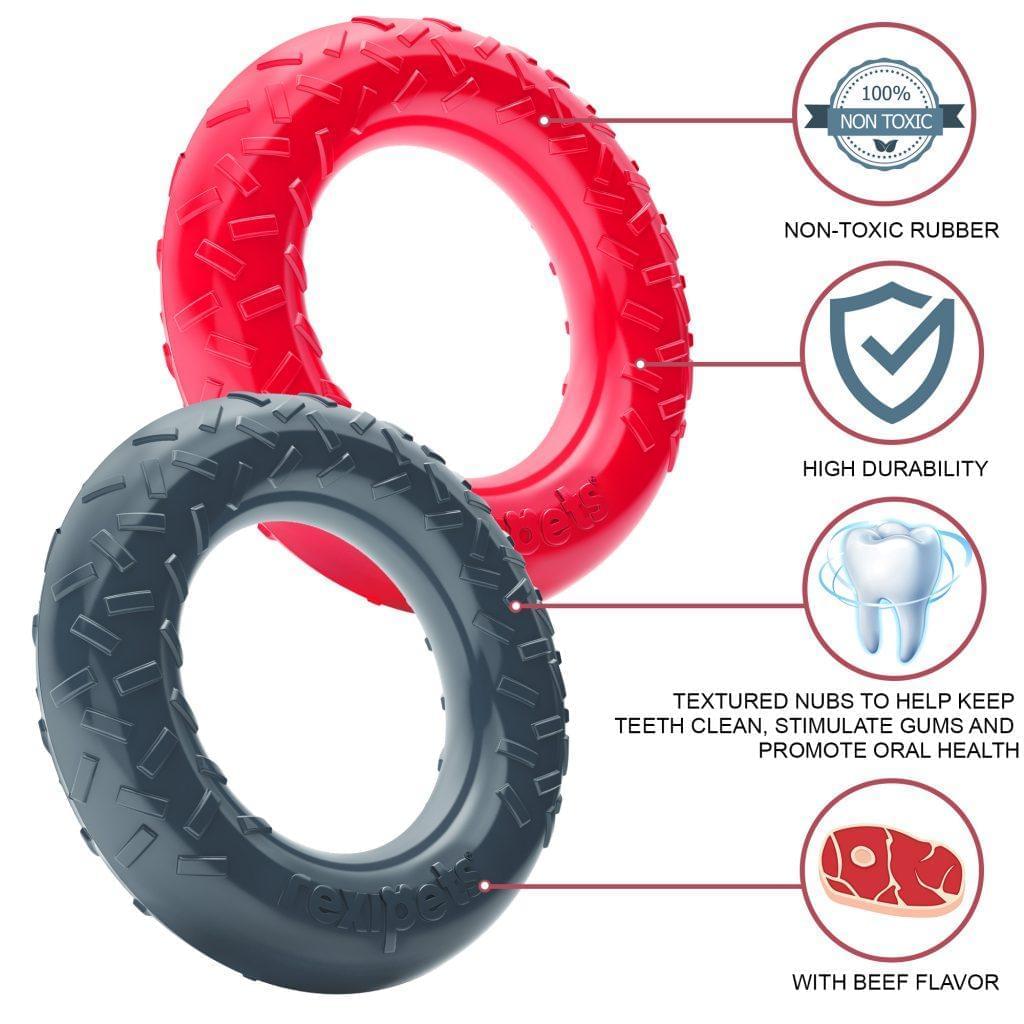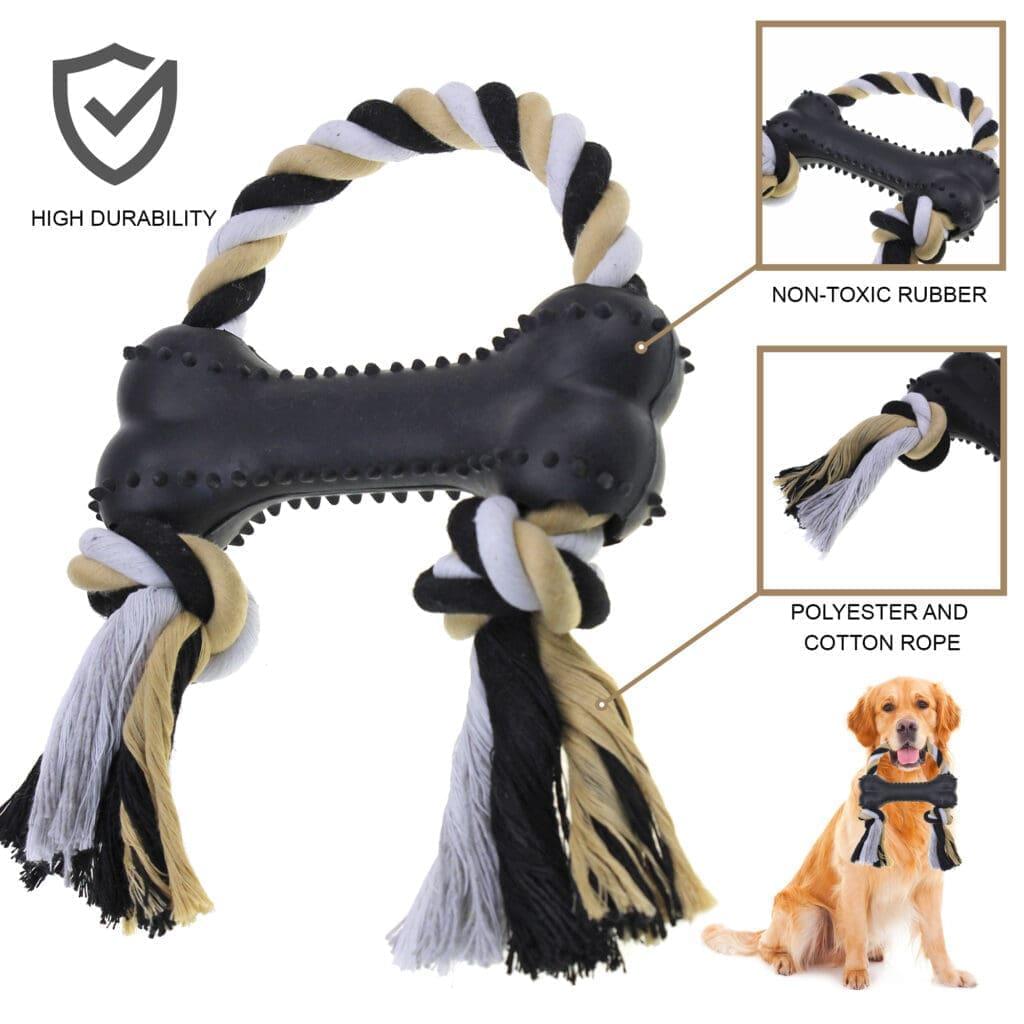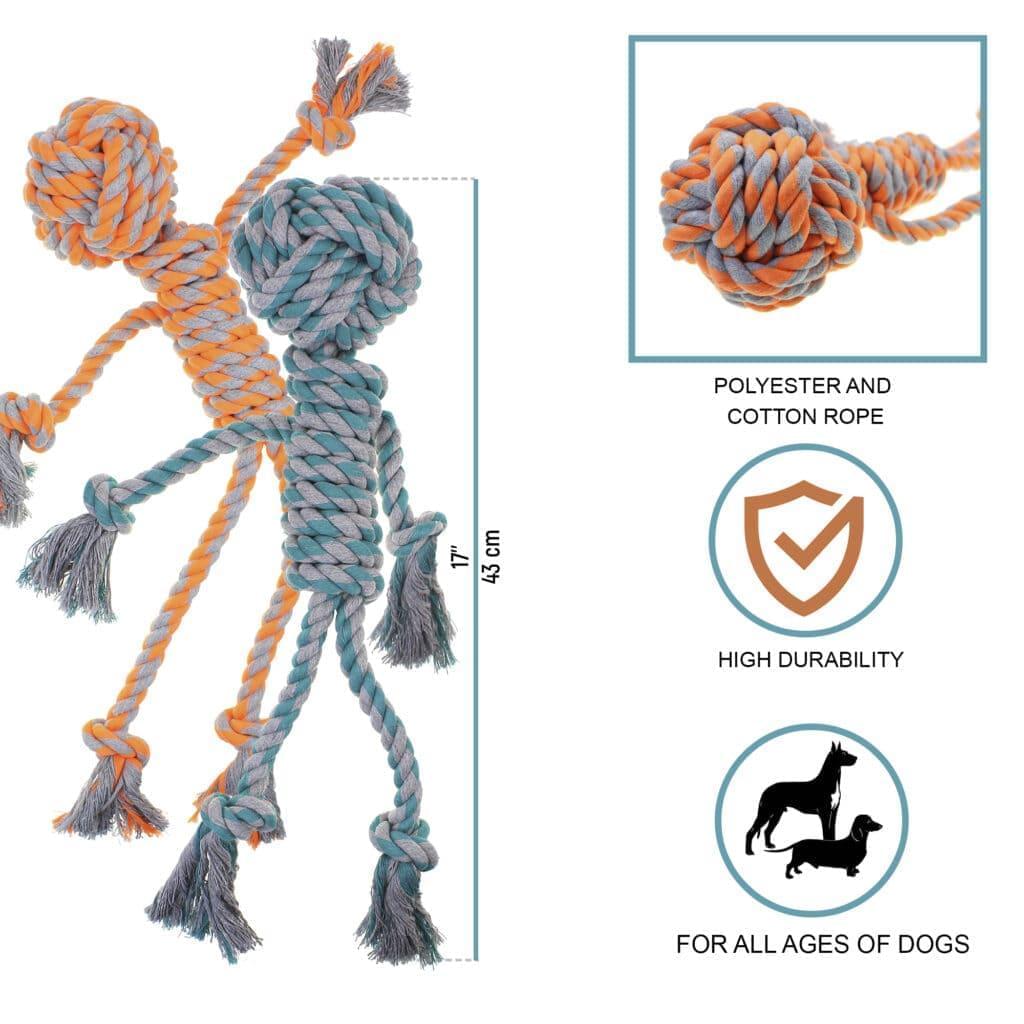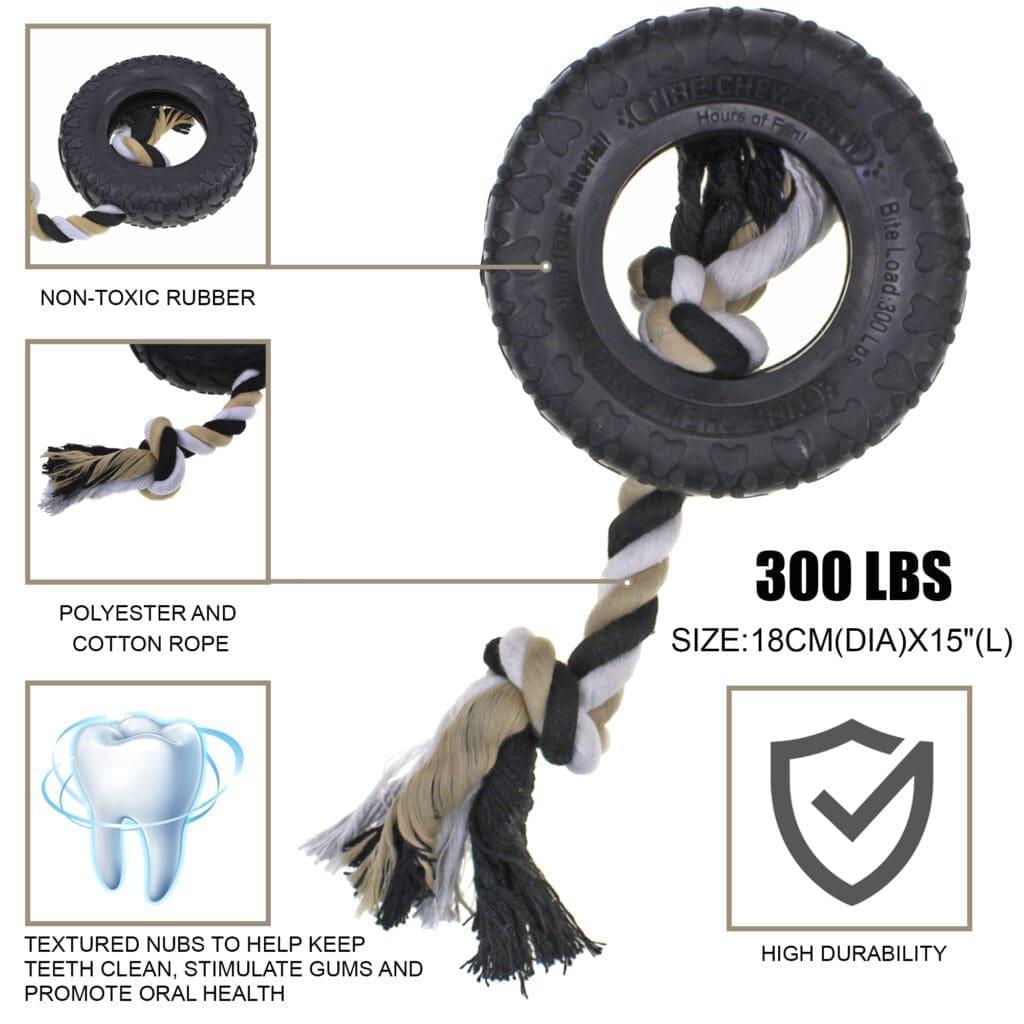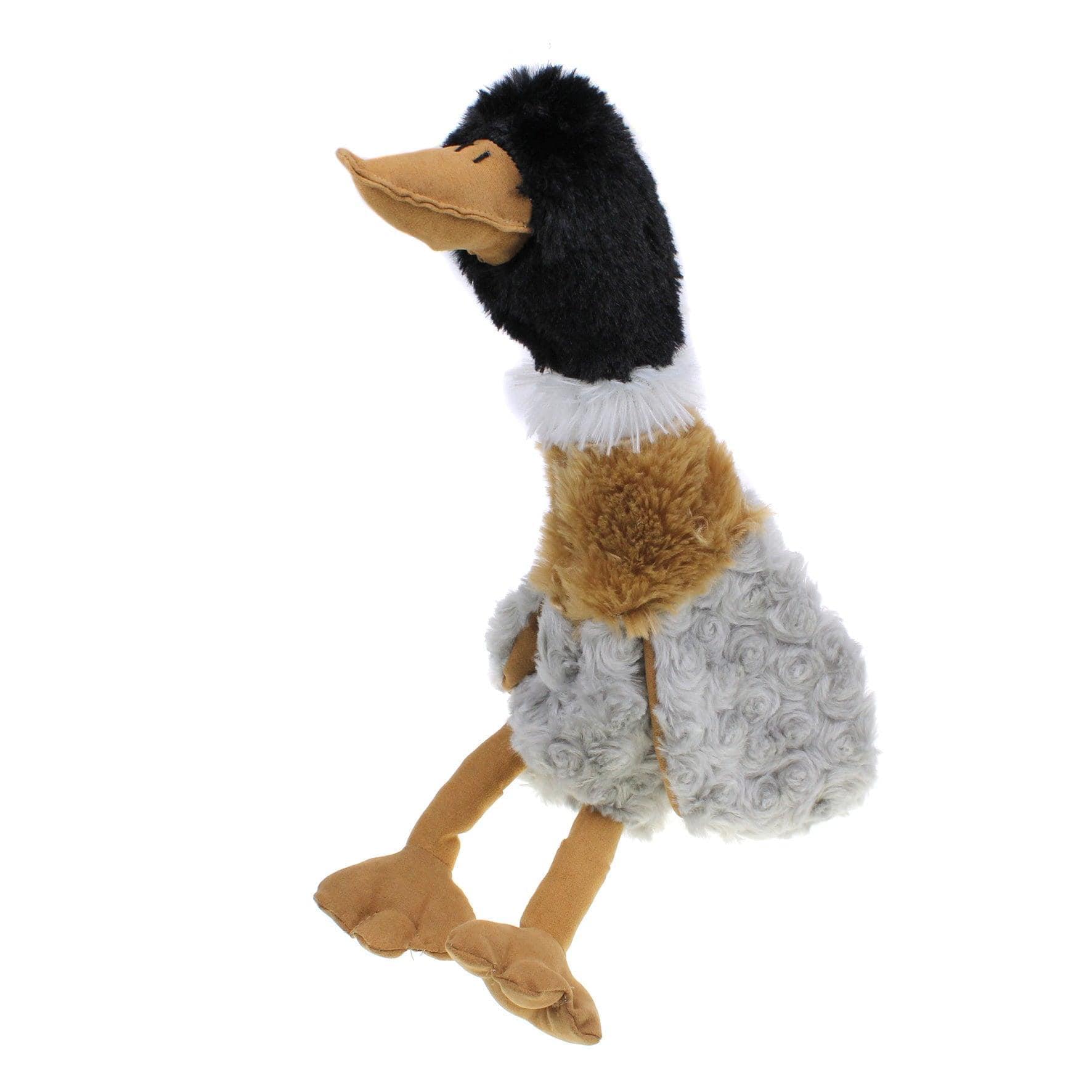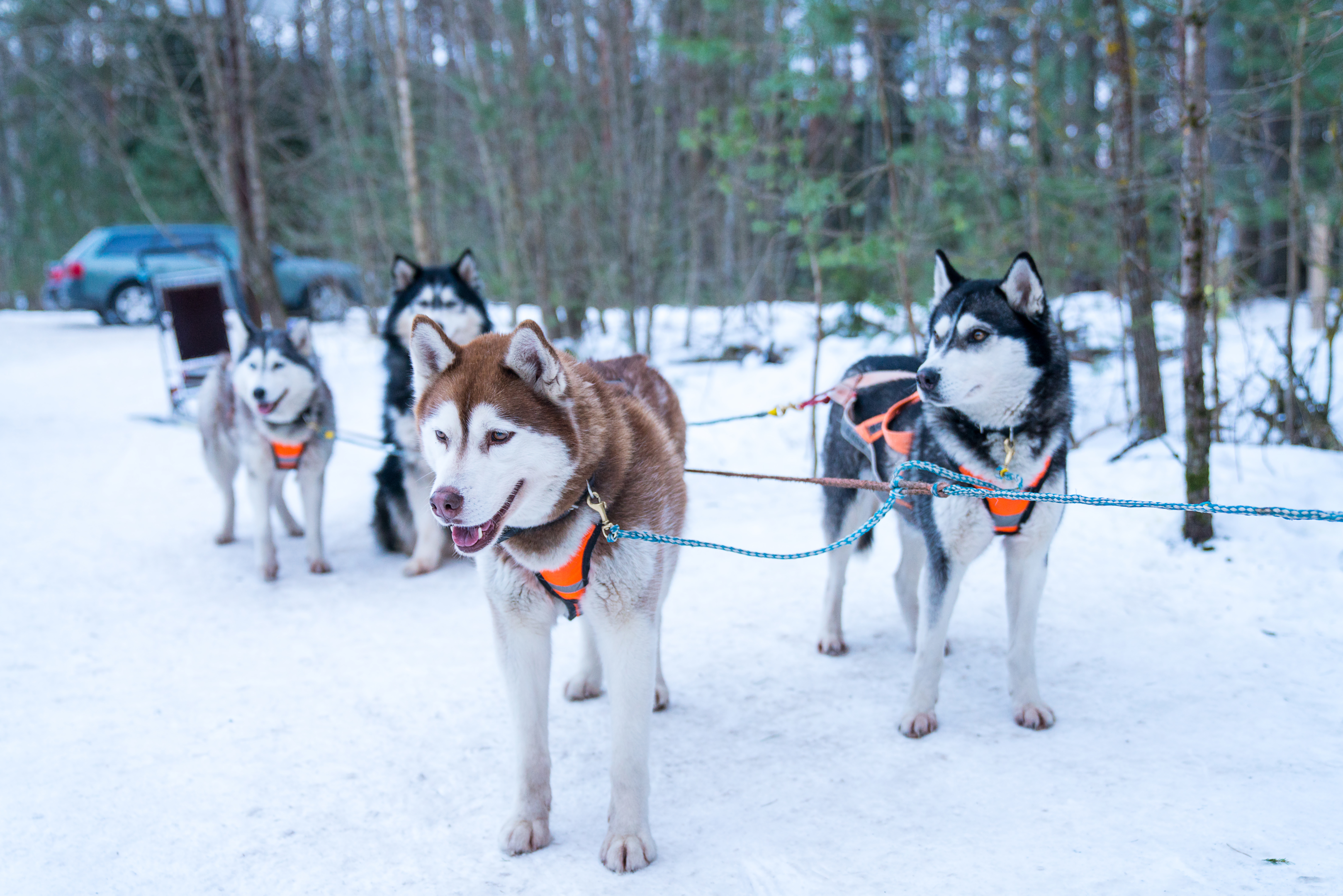
Have you ever noticed your pet dog showing unusual symptoms such as weakness, discolored urine, or a reluctance to move?
These could be signs of a condition often unnoticed but that can have serious consequences: Rhabdomyolysis in dogs.
Today at Rexipets, we're delving into the symptoms, causes, and treatments of this muscle-related disorder. We'll also be shedding light on the importance of understanding and addressing this condition for the well-being of our canine companions.
As responsible pet owners, being informed about potential health issues is crucial in ensuring the longevity and happiness of our four-legged friends.
Let's explore the world of Rhabdomyolysis in dogs and equip ourselves with the knowledge needed to detect, prevent, and treat this condition effectively.
What is Rhabdomyolysis in Dogs?
Rhabdomyolysis, also known as Exertional Myopathy, is a common issue for dogs, especially the active ones like bird dogs. This happens when the muscle cells break down during intense physical activities in athletic and working dogs, releasing muscle proteins like myoglobin into the blood.
If not taken care of, it can lead to big problems like acute kidney failure.
Causes of Rhabdomyolysis in dogs
Understanding the diverse causes of this condition is crucial for pet owners, as it enables them to recognize potential risks so that they can take preventive measures to safeguard their canine companions' well-being.
Some dog breeds may have a higher chance of getting Rhabdomyolysis because of their genes. This means they're more likely to have problems with their muscles. Knowing if your dog belongs to one of these breeds helps you take extra care to prevent this condition and keep your pet healthy and happy.
Dogs with lower levels of electrolytes, such as sodium and potassium, face a higher likelihood of experiencing Exertional Myopathy. Electrolytes are important minerals that help muscles work properly, and when they're too low, it can lead to muscle issues. Recognizing and addressing these low electrolyte levels is crucial for preventing Exertional Myopathy and ensuring the health of our canine companions.
Dogs exposed to extreme heat and high humidity may end up with heat stroke, a condition that can cause muscle damage and lead to Exertional Myopathy. When dogs get too hot, their bodies can struggle to cool down, and this can affect their muscles.
Any veterinary medicine, such as corticosteroids, can increase the likelihood of dogs developing Exertional Rhabdomyolysis. These drugs, which are used for various medical reasons, may have side effects that impact the muscles.
Moreover dogs with an inadequate intake of essential nutrients like vitamins and minerals in their diet could be more susceptible to muscle damage and Rhabdomyolysis. When dogs lack these important nutrients, their muscles may not function as well, increasing the risk of health issues.
Clinical signs of Rhabdomyolysis in Dogs
Now that you know about the factors that can cause Rhabdomyolysis in dogs, let's look at some of the symptoms of this condition as highlighted by canine veterinary literature.
-
Generalized Muscle pain
Dogs with Rhabdomyolysis might feel minor muscle pain in their legs and backside, making it tough for them to stand or walk. For example your furry friend who used to take part in Iditarod sled dog race can no longer because of muscle pain.
If your furry friend shows these signs, it means they could be having muscle issues. It's essential to notice these problems early and help them by making things easier. Also, go to a vet to check for acute necrotizing myopathy.
-
Muscle weakness
Weakness is a common sign in dogs with this condition, and you might notice them looking frail and having trouble staying steady. Simple activities they used to do easily, like playing or walking, can become hard for them. Recognizing these signs is crucial, as they indicate that your furry companion might be going through a tough time physically.
-
Swelling
Swelling is another clinical syndrome – the muscles that are impacted might get bigger, and when you touch them, it could be painful for your dog. This swelling is a clear sign that something's not right with the muscles.
It's important for pet owners to gently check for any unusual changes in their dog's body and, if they notice swelling, seek guidance from a vet.
-
Reddish brown urine
If your dog has damaged muscles, a protein called myoglobin can make the urine turn dark, like a reddish-brown color. This change in urine color is a clue that something might be off with the muscles. Keep an eye on your canine friend's bathroom habits, and if you notice this unusual color, it's a good idea to let veterinarians know.
-
Rapid heart rate
When the muscles are hurt, the heart works harder to make up for it, causing a faster-than-usual heartbeat. This increased heart rate is the body's way of dealing with muscle damage.
Rapid heart rate can also cause respiratory distress, leading to myocardial and respiratory failure. Paying attention to your dog's heart rate can be a helpful sign of their overall health.
If you observe a consistently rapid heartbeat, consulting with a veterinarian is important to understand and address any underlying issues causing this response.
-
Elevated body temperature
The body temperature may rise – Exertional myopathy in dogs can lead to inflammation in the hurt muscles, causing a fever. When the muscles are damaged, it can make the body warmer than usual. Keeping an eye on your pup's temperature is essential, and if you notice a persistent fever, seek advice from a veterinarian for a clinical diagnosis.
What Breeds Are Most Affected with Rhabdomyolysis
Clinical findings claim that breeds more likely to experience Rhabdomyolysis include retired racing greyhounds and retired sled dogs, or dogs that were engaged in intense hunting activity.
It's essential to note that the nature of their previous activities, such as intense racing or pulling, may contribute to the increased susceptibility. Retired racing greyhounds and sled dogs, having undergone rigorous physical training during their working days, may encounter muscle-related challenges in their post-working life.
How to Treat Rhabdomyolysis in Dogs?
The appropriate approach to treat and heal dogs with exertional Rhabdomyolysis depends on how severe the condition is and what is causing it. Some common medical options include rest and confinement first of all. Dogs with exertional Rhabdomyolysis need a break from intense activities. Your vet might even suggest keeping them in a crate or a small space to prevent more muscle damage.
Dogs with exertional myopathy might get fluids through a vein to flush out toxins and improve kidney function. Moreover, dogs with intense muscle pain could benefit from medications that manage pain, like non-steroidal anti-inflammatory drugs that help with damaged muscle fibers.
If a dog has low levels of electrolytes, they might need therapy to bring their sodium and potassium levels back up. Dogs lacking essential nutrients may get vitamin and mineral supplements to help them recover.
After the initial treatment, your vet might recommend physical therapy to boost the strength and movement of the affected muscles. Recovery times can differ based on how severe Rhabdomyolysis is and how quickly it's treated. With proper care, most dogs can have a rapid recovery. Still, some might experience stiffness or weakness in their muscles for a while.
Can Rhabdomyolysis be Prevented?
Taking steps to prevent Rhabdomyolysis in dogs is essential for their well-being. One crucial aspect is to be mindful of their exercise routine. Avoid sudden, intense physical activity, especially if your dog isn't used to regular exercise. Gradually increasing their exercise duration and intensity helps in promoting healthy muscle development while lowering the risk of injuries.
Maintaining a healthy diet is equally important. Make sure your athletic and working dog gets a balanced and complete diet with the right nutrients for strong muscles. Considering the impact of weather is also key. Protect your athletic and working dog well from extreme temperatures, whether too hot or too cold. Such conditions can stress their muscles, so finding a comfortable balance is crucial.
Additionally, be cautious not to overexert your dog during play or training sessions. Pay attention to signs of fatigue or discomfort, and take breaks accordingly. Regular visits to the vet play a significant role in preventive care.
These check-ups can catch any health issues early on. Your veterinarian can provide tailored advice on preventive measures and recommend treatments to minimize the likelihood of Rhabdomyolysis. Incorporating these simple measures into your routine can contribute to your dog's overall well-being and reduce the risk of muscle-related issues.
Final Words
To sum up, knowing about Rhabdomyolysis in dogs is vital for good pet care. Recognizing signs like weakness and odd-colored pee helps dog owners act fast and get the right help. Whether it's genetic or caused by medicine or diet, Rhabdomyolysis can be prevented.
Treatments like rest, fluids, and pain relief can help dogs get better. Being aware and taking action early means a better chance for dogs to bounce back and stay healthy. So, keeping an eye on your furry friend's health is the key!









